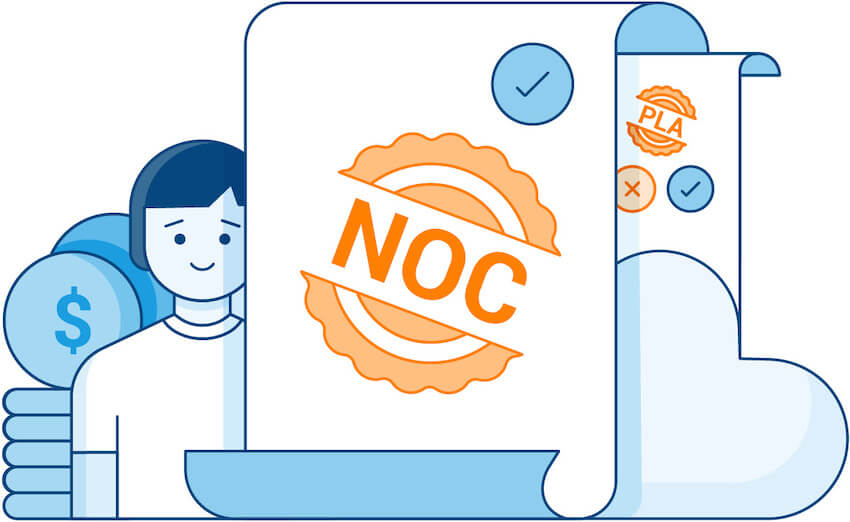If the clinical trials for a new drug are successful, the drug manufacturer submits the drug for review for approval from Health Canada. If approved, the drug may undergo a Health Technology Assessment (HTA) review to assess if the drug should be reimbursed — or “covered” — for patients. This allows payers, such as the provinces or territories, to determine if the new drug is worth paying for when compared to current treatments for which they are already paying. This process can be lengthy, can meet many obstacles, and does not guarantee that a drug will be reimbursed for patients.

The first step in the review process is a review by Health Canada. This complex and detailed review process assesses the safety, efficacy, and manufacturing quality of the drug. Some drugs may be given a priority review status, which can speed up the review process timeline. If the drug passes this review, it receives a Notice of Compliance (NOC) and is assigned a Drug Identification Number (DIN).
Drugs can only be sold in Canada once they have successfully received this NOC. Once a drug is approved, it can then be sold in Canada and patients may pay out of pocket to access the drug if their doctor prescribes it to them. Patients may also be able to access the drug through private insurance.
A decision is made by Health Canada to give (or not give) approval for the manufacturer to sell the drug in Canada. Patients can pay for a drug out of pocket once it is approved for sale in Canada.


For drugs to be considered for public funding, they go through a value assessment called Health Technology Assessment (HTA) conducted by agencies that bring together expert committees for the review. The two main agencies in Canada are Quebec’s HTA agency INESSS (Institut national d’excellence en santé et en services sociaux) and CADTH (Canadian Agency for Drugs and Technologies in Health).
The HTA agencies look at the evidence to provide an analysis and make recommendations to healthcare decision-makers so that these decision-makers can make informed decisions about the optimal use of drugs and medical devices in our healthcare system.
The HTA review process looks for evidence that the drug improves care over existing treatments, or that it fills a therapeutic gap and unmet need for a group of patients. The review also looks at economic factors, like value for federal, provincial, and territorial public drug plans.
Patient and caregiver experience, and the need for new treatments, is also considered.
These factors are analyzed and a recommendation is made. This recommendation helps payers understand the value of a new drug as compared to currently available drugs. The recommendation may also provide criteria on which patients may best benefit from the new drug.
Agencies make recommendations for public plans to pay for a drug or not. It is important to remember that only a recommendation is provided – no decision is made at this time.
A negative recommendation at this stage typically means this new drug will not be paid for by public drug plans.
Once a drug has a positive HTA recommendation for reimbursement, negotiations begin between the manufacturer of the drug and pCPA (pan-Canadian Pharmaceutical Alliance). The public drug plans have joined to form this alliance to conduct drug plan negotiations and deliver greater value for publicly funded drugs. Participation in a given negotiation is voluntary, and the decision to list can vary between the federal, provincial, and territorial jurisdictions. Although Quebec participates in the pCPA, Quebec may decide to list independently based on INESSS recommendations.
If the negotiation is successful, the federal, provincial, and territorial drug plans will commit to listing the drug for reimbursement via a Letter of Intent (LOI).


Once the negotiation process is complete, drug plans that have committed to listing the drug can move to sign individual Product Listing Agreements (PLAs). Having a signed PLA means that drugs are listed on public formularies. Formularies are a list of drugs available through public drug plans. Drugs may be listed for full coverage or may be only available through exceptional access programs (EAP). In some cases, a province or territory may decide to not list a new drug.
Drugs may be listed on formularies and paid for by the government.
Learn about the different types of eczema, tips for managing flares, and more.